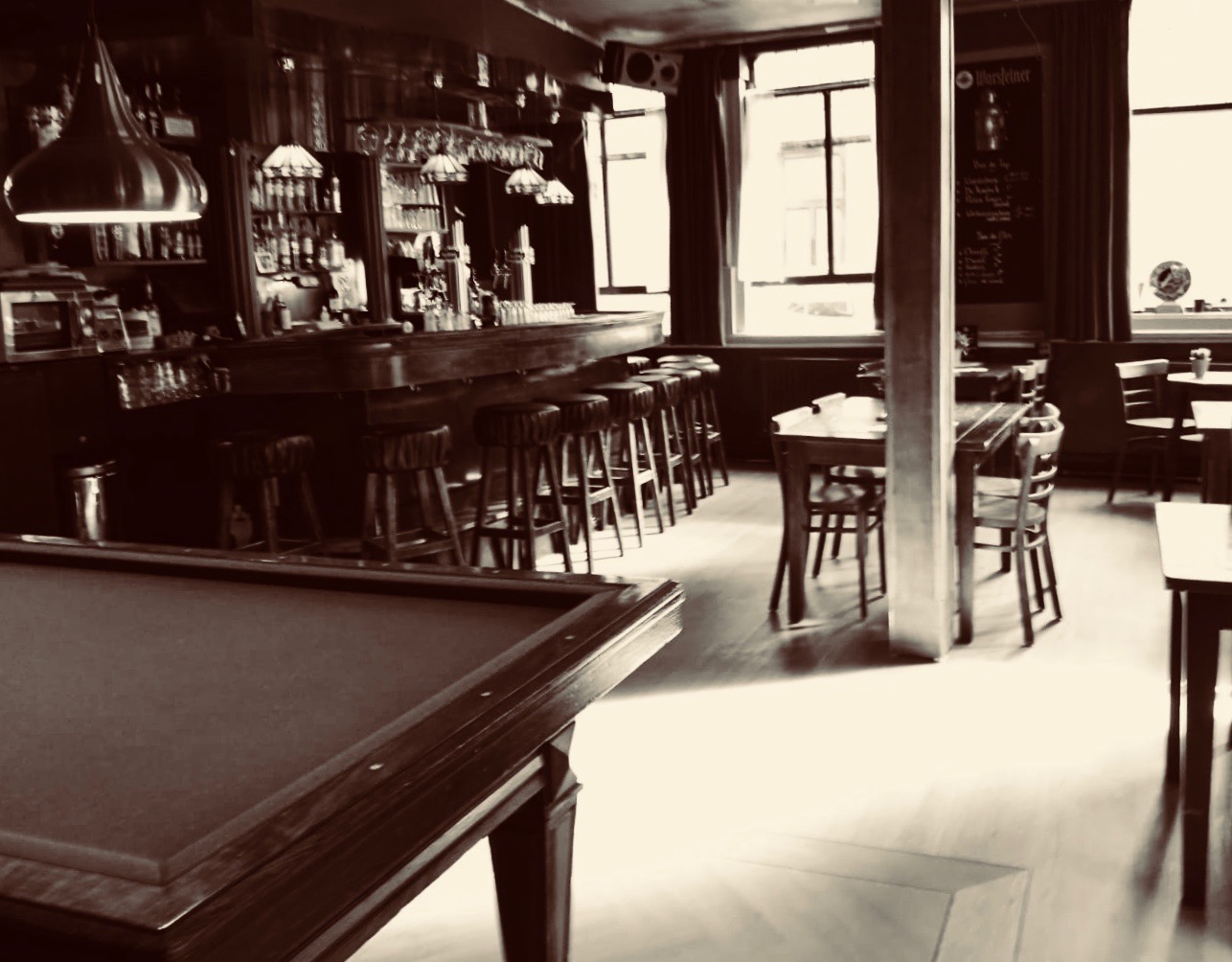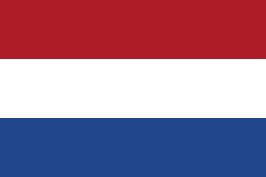Taal/Language
The genever was founded by the physician Franciscus de le Boë Sylvius, who died in 1614, was born in Hanau, Germany, and was a professor at Leiden University from 1658 until his death in 1672. His name still lives on in the Sylvius Laboratory.
It would be this Sylvius who composed a moisture-wicking substance around 1650 with ingredients from the Hortus Botanicus in Leiden. The cheap drink was useful for various stomach and kidney complaints. Nothing is known about the effectiveness; many users will get at least temporary relief from their experienced complaints.
When genever was developed in 1650, many ingredients were also taken from the Apothekerstuin. This garden was located behind ‘Van Goyen Jeneverhuis’.
If we have more than young and old genever, it is not about the age of the lagering time of the jenever. This concerns the old and the young method of producing genever. During World War II, little grain was available for malt wine. The percentage of malt wine in genever decreased. Some drinkers expect that; otherwise not. After the war, two popular drinks were produced in the Netherlands, namely: ‘de Jonge Jenever’, which was mainly based on neutral alcohol, and ‘de Oude Jenever’, which contained more maltwine according to the pre-war recipe. The classic jenever (from 100% malt wine) was hardly available anymore.
Young Genever may contain a maximum of 15% malt wine.
Old Genever must contain at least 15% malt wine.
Cornwine is characterized by its high malt percentage. Corn wine must contain at least 51% malt wine.
Malt wine is a distillate that has obtained its alcohol 100% from grain.



